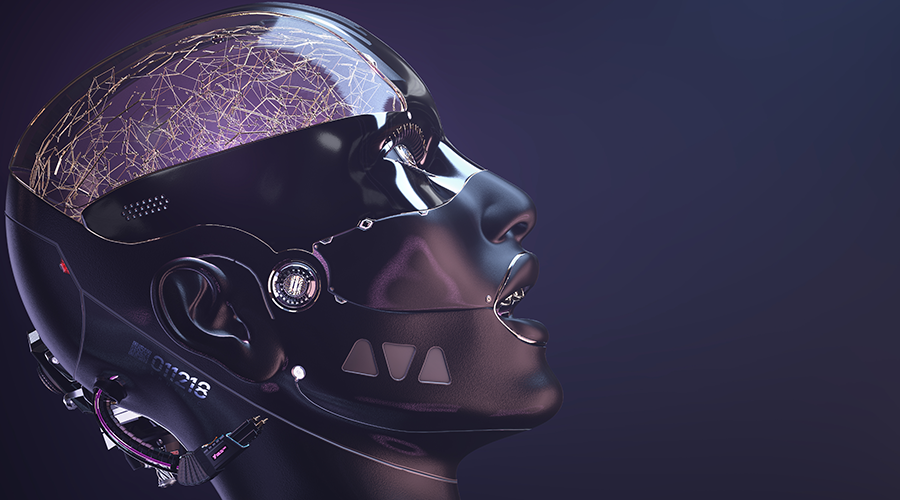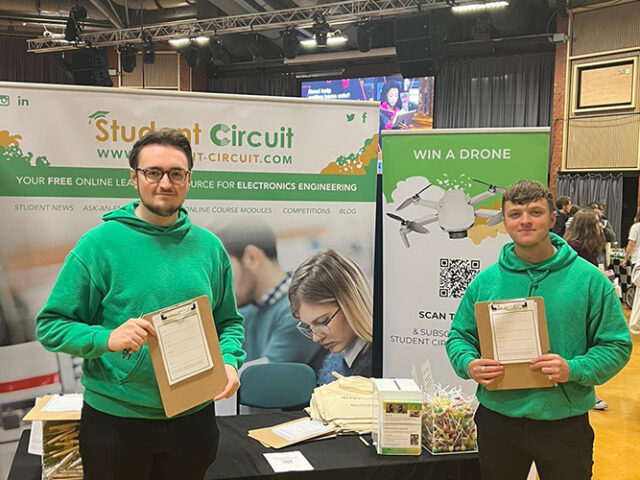A humanoid robot is something that not only resembles a human’s physical attributes like the head, a torso, opposable thumb, and two arms, but also has the capability to communicate with humans and other robots, interpret information, and perform limited activities according to the user’s input.
Written by Yasir Alvi.
In addition, recently some forms of humanoid robots may model only part of the body, like from the waist up. while few others may have a face with eyes and mouth, this leads us to what is known as Android or Gynoid.
An Android is a form of a humanoid robot built to resemble a male, while the humanoid built to resemble a female is known as a gynoid.
Features of humanoid robotics
Below are some of the features possessed by humanoid robotics. These features are responsible for the intrinsic capabilities they exhibit.
- Autonomous learning
- Self-maintenance
- Capable of avoiding harmful situations to people, the environment, and itself
- Able to engage in safe interaction with human beings and the environment.
Motion and control mechanism
Humanoid robots are provided with sensors and actuators and are typically pre-programmed for specific activities already determined.
For humanoids to move in complex environments (including the effect of heat, sound, light, and temperature), motion planning and control must focus on self-collision detection, path planning, and obstacle avoidance. Therefore, to maintain dynamic balance during the walk, a robot needs information about contact force and its current and desired motion.
Sensors and actuators are the most important components of Humanoid Robots that addresses the issue of motion and control mechanism.
Actuators
Actuators are designed to perform like human joints and muscles. Humanoid robotics, however, uses rotator actuators to exhibit human motion. These could be pneumatic actuators, hydraulic actuators, electronic actuators, and ultrasonic actuators.
- The Pneumatic actuators operate based on gas compressibility, as they are intended for low speed and low to medium load applications
- The Ultrasonic actuators are designed to produce movements in a micrometre order at ultrasonic frequencies (i.e. over 20kHz) and are useful for the control of vibration, positioning, and quick switching applications.
- The Hydraulic actuators have a very rigid behaviour. They can only be made to act in a compliant manner through the application of relatively complex feedback control strategies.
- The Electric coreless motor actuators are quite or well suited for high-speed and low-load applications.
Sensors
Proprioceptive and exteroceptive
The proprioceptive sensors typically sense the position, orientation, and speed of a humanoid’s body and including the joint. They make use of accelerometers from which the velocity can be calculated by integration; the tilt sensors which are used to measure inclination; and the Force sensors placed in the robot’s limbs measures contact forces with the environment
The Exteroceptive sensors are made up of arrays of tactels or touch receptors, that provide data on what is being touched. The exteroceptive sensors enable the transfer of forces and torques between robots and other objects.
More so, charged-coupled device (CCD) cameras are used for capturing image information, while microphones and speakers are used for sound reception and production respectively.
Top humanoid robotics companies
- Hanson Robotics
- Boston Dynamics
- PAL Robotics
- Softbank Robotics
- Shadow Robot Company
- UBTECH Robotics
- Macco Robotics
- Agility Robotics
- Toyota Research Institute
- Tesla
Conclusion
A humanoid robot can be regarded as a contemporary robot in its developing phase. They can perform a series of human-like activities. But presently its effectiveness in different fields of life is of concern. Although, scientists are hopeful that Humanoid robots will contribute greatly to all human endeavours more research work is done.




